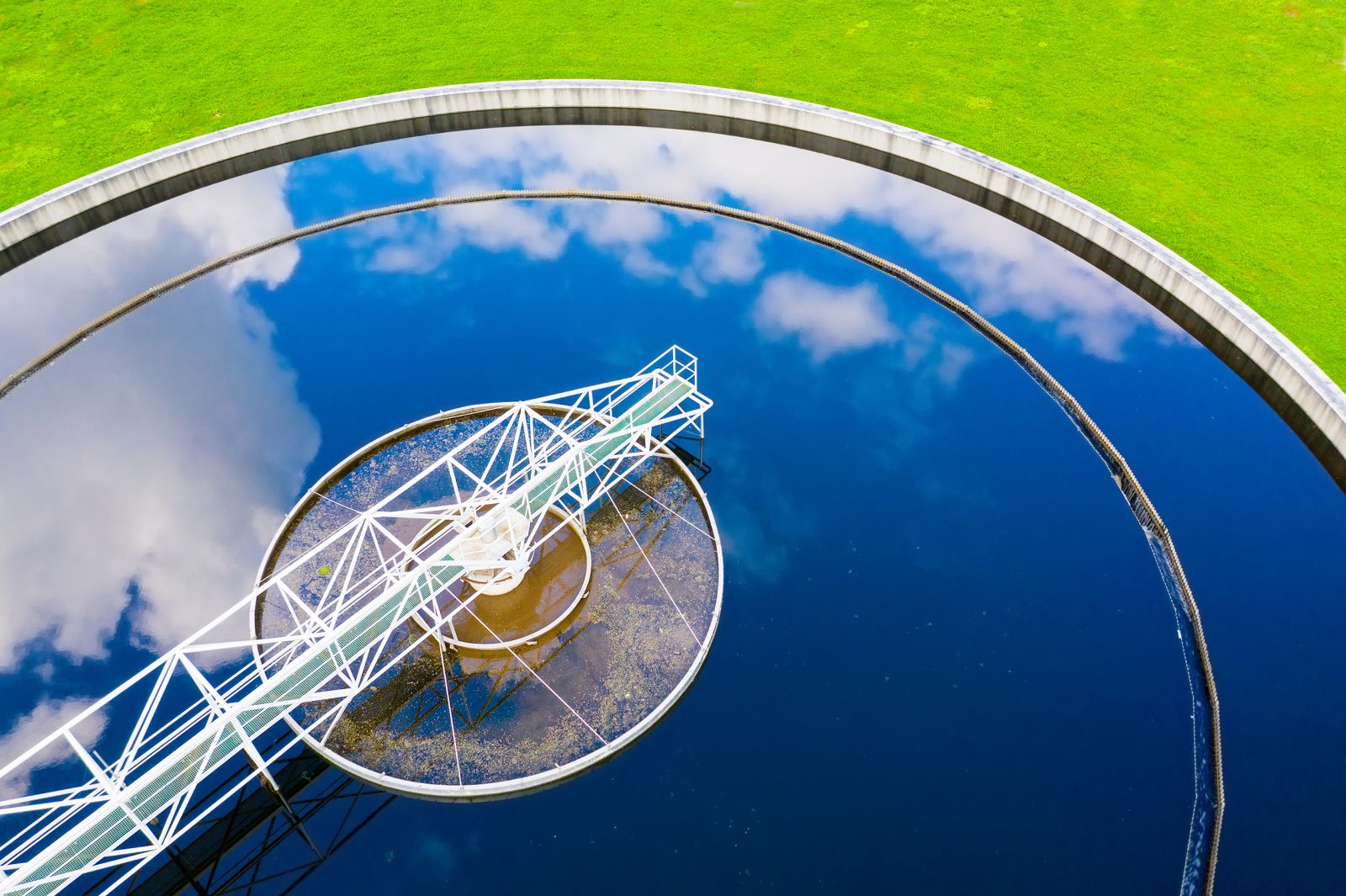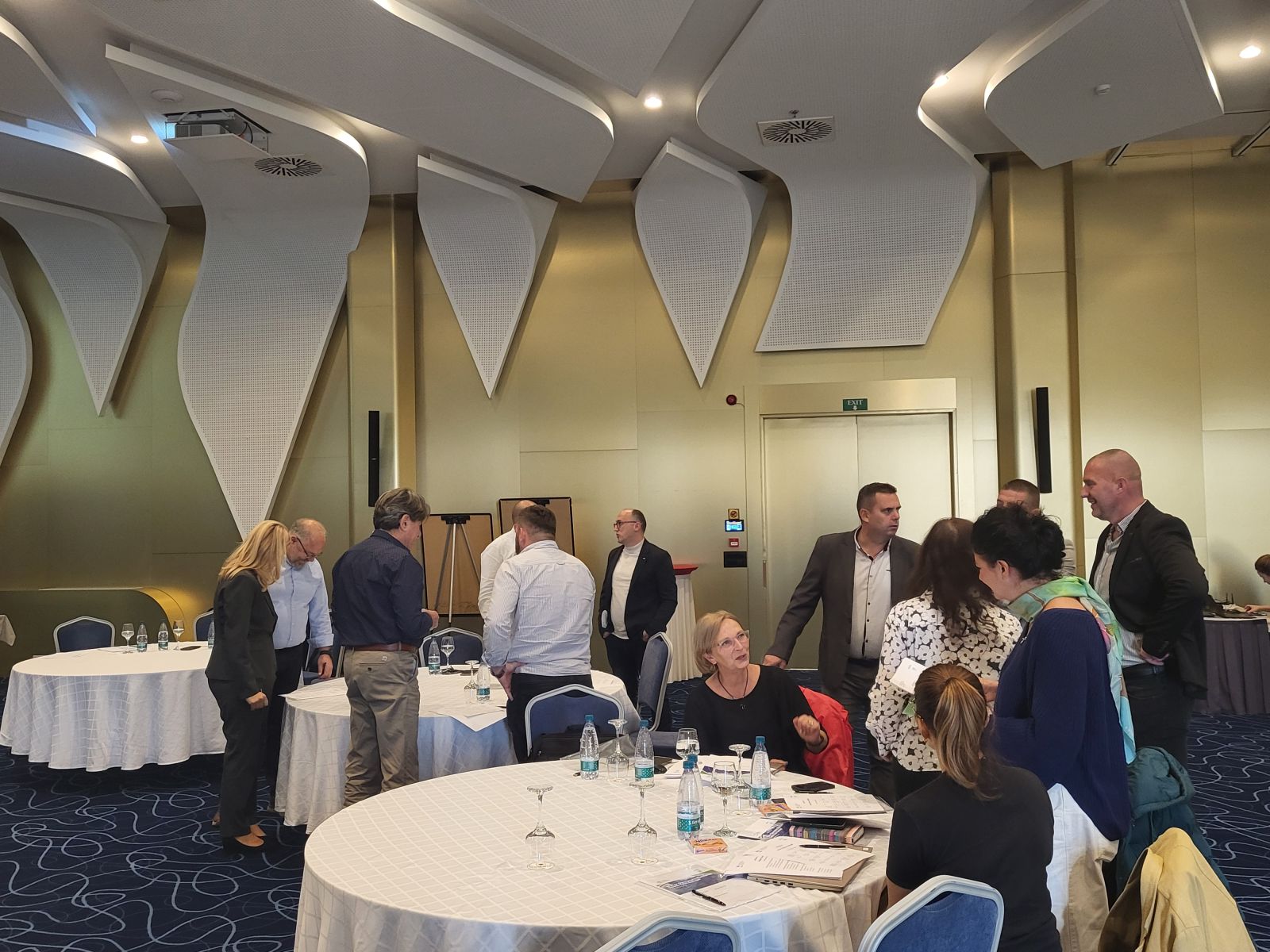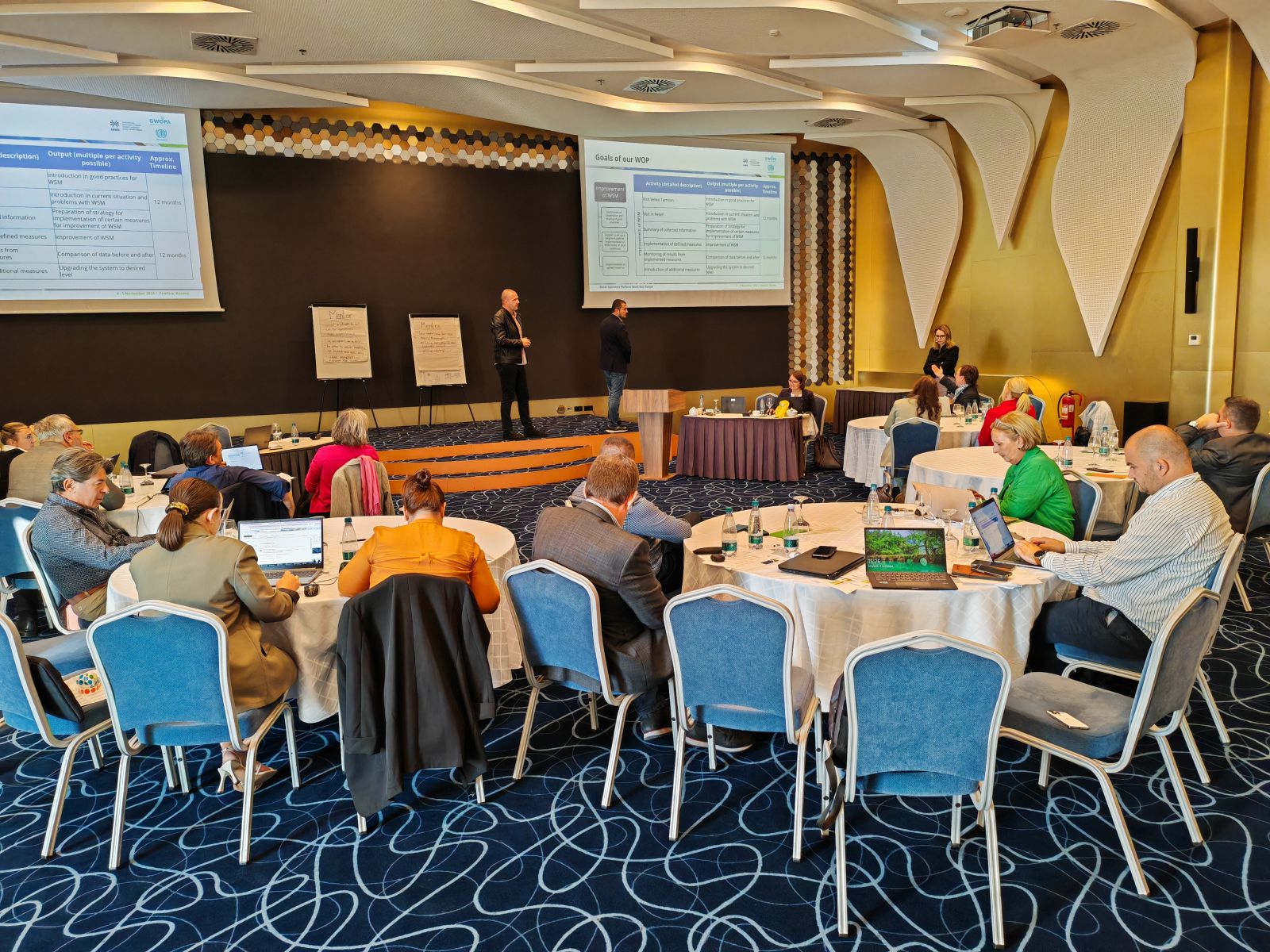
Voice of the Danube
4-5 November saw a significant progress towards the establishment of a WOP SEE platform, the Water Operator Partnership Platform for Southeast Europe, during the matchmaking workshop that took place in Pristina. Coordinated by IAWD, and supported by GWOPA/UN-Habitat, this event brought together water operators from everywhere in the region for 1,5 days of teambuilding, matchmaking, and working towards establishing WOPs.
WOPs?
Indeed: GWOPA, the Global Water Operators' Partnerships Alliance, is quite unique - a global network of some 160 institutional members and partners, plus over 1,500 individual members, that promotes not-for profit Water Operator Partnerships, or WOPs, as a strategy to improve water services through peer support, collaboration and shared learning, now proven in over 470 WOPs worldwide.
Realizing the vast potential GWOPA holds for utilities in the Danube Region, IAWD has joined this network and shouldered the task of building a Water Operators Partnership Platform for Southeast Europe – WOP SEE.
The kick-off workshop in Pristina marked a significant milestone for this effort, and its success was encouraging indeed: 18 water operators from six countries across the region took part, including: Bulgaria, Greece, Albania, Kosovo, North Macedonia and Hungary. All participants demonstrated a lively interest in Water Operator Partnerships as a strategy to improve water and sanitation services through peer support, collaboration and shared learning.
The participants were even more enthusiastic when the organizers immediately went down to the business of team- and partnership-building.

With preliminary expert assessments based on the key performance indicators of participating water operators already on the table, participants entered the process by identifying their own strengths, weaknesses, and priorities as a basis for goal setting and partnership alignment.
In the following step, participants explored what constitutes an enabling environment for partnerships and collaborations, using GWOPA’s guidance material.

Accompanying team-building exercises and a matchmaking dinner helped to build personal connections, encouraging informal contacts and discussions about potential partnerships.
Structured exercises helped operators to develop concrete goals and action plans for potential partnerships, both nationally and cross-border, including working area specifications, activity planning, expected outcomes, and timelines, providing each participant with a clear, workable roadmap.

The outcome beat expectations, with up to 10 promising WOP matches identified in the course of the workshop, and additional partnerships emerging informally, as participants discovered shared goals and compatible levels of expertise. Additional pairs may be added to the proposed WOP program, as more interest has been expressed, with notably a possibility to engage mentors from outside of the region.
These WOPs are expected to complement existing training programs under D-LeaP, offering a practical, peer-driven approach to capacity building and operational improvement.

Looking at the enthusiasm displayed by the participants, IAWD and its partners will work to secure the necessary resources to sustain and expand the WOP SEE initiative, realizing the promise of WOPs as essential components in advancing water sector resilience and service quality across the region. We will continue reporting.


